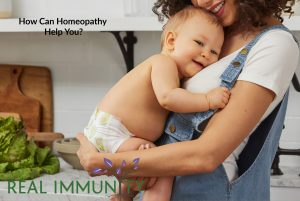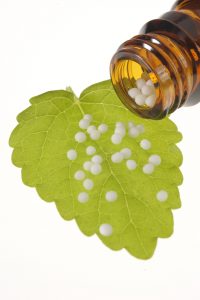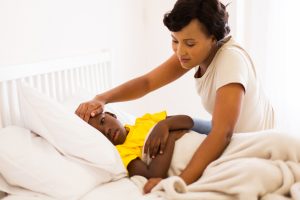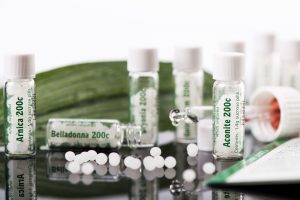In light of the pandemic, prevailing views on Germ Theory have faced considerable challenge. Debates have escalated to a new level, focused in recent years on the topic of whether or not viruses exist. Such debates have been popularized by Exosome Theory, which offers a new interpretation of viral symptoms, and Radiowave Illness (AKA Radiowave Sickness), which establishes a connection between viral symptoms and frequency poisoning. As a result, the alternative health community has been polarized into virus believers and virus doubters.
Many may wonder where Homeoprophylaxis (HP) falls on this spectrum of virus believers and doubters. You may be comforted to know that the existence of viruses is inconsequential when it comes to the use and application of HP. On the other hand, HP aligns well with much of the thinking around Exosome Theory and it is a good match for “Radiowave Illness.”
Before we can elaborate on this point, it’s important that we first explore the concepts of Exosome Theory. Exosome Theory offers a new explanation for the wide-spread prevalence of flu-like symptoms (like what we saw during the pandemic.) Rather than blaming a microbe, the explosion of flu-like symptoms instead are connected to the increase in environmental toxins and the surge in electromagnetic frequencies. As the body attempts to discharge these toxins and regulate, Exosome Theory explains that the symptoms of this detox process are actually what has come to be known as “flu symptoms.”
Exosome Theory asserts that symptoms often labeled “the flu” are a result of the body’s natural detoxification responses to environmental toxins. The suggestion is that that what we often identify as “contagious disease” might actually be the result of shared environmental stressors or collective biological responses to toxins and energetic imbalances. In this view, viruses are not external invaders but rather exosomes—particles produced by our own cells in response to toxicity or stress.
The environmental stressors consist of chemicals like glyphosate (and others), as well as invisible frequencies like radiowaves (hense Radiowave Illness). At times in history when we’ve had world-wide flus and pandemics, there has often been correlated increases of radiowave frequencies. In 2020, we had a major increase in 5g towers.
The book Invisible Rainbow by Arthur Firstenberg offers one of the most thorough examinations of this correlation between electrical pollution and illness. Firstenberg establishes a connection between several flu outbreaks and significant increases in radiowave frequencies, including:
- The 1889 Influenza Outbreak connected to major installations of power line frequencies associated with a suppression of the earth’s magnetic activity.
- The Spanish Influenza of 1918 that happened during the Radio Era.
- The Asian Flu Pandemic of 1957 correlated with the Radar Era.
- The Hong Kong Flu Pandemic of 1968 that occurred during the Satellite Era.
The perspective that it isn’t invisible microbes causing problems, but instead environmental toxins, provides an important opportunity to shift the focus from “fighting microbes” to supporting the body’s innate ability to heal and maintain balance. This is also where the conversation starts to sound especially familiar to homeopaths and practitioners of frequency-based medicines, which are focused on increasing vitality. The foundation of this argument is actually the basis of homeopathic thinking, also known as Vitalism.
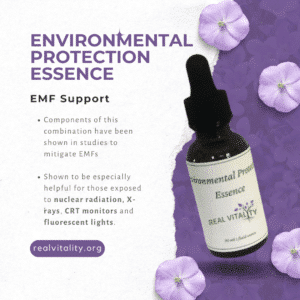
Environmental Protection Essence is our flower essence combination remedy that provides EMF support.
Homeoprophylaxis (HP) does not seek to assault suspected microbes. It doesn’t attempt to kill, neutralize, or obliterate viruses. Instead, it works based on the premise of vitalism that all homeopathy is based on: It seeks to strengthen the immune system, aka the vital force. In this way, HP aligns with Exosome Theory, which states that the expression of symptoms is the body’s way of detoxing and creating balance. Homeoprophylaxis understands that expression is healing; it does not, therefore, seek to suppress symptoms.
We have many studies suggesting that HP supports vitality. Results of brief and long-term interventions suggest an effectiveness rating averaging around 90%. In Dr. Isaac Golden’s study that followed children who received HP for 15-years, not only did the results show a 90% efficacy against childhood illness, but children who received HP (and did not receive and childhood immunizations), as compared to the children in the control cohort, (who neither received their childhood immunization nor HP), had significantly less acute and chronic illness:
In relation to asthma, HP alone was 15 times safer than immunizations, and 6 times safer than doing nothing. In relation to eczema, HP was 7.4 times safer than immunizations and 2.8 times safer than doing nothing. In relation to allergies, HP was 5 times safer than immunizations and 2 times safer than no method. The incidence of asthma (3%) in children who used HP was well below the national average of 19%.
The ultimate goal of HP is increased vitality, exemplified in the ability to reduce susceptibility and overall ocurance of acute and chronic illness. This isn’t achieved through the process of identifying and destroying viruses. Instead, HP works at the energetic level by strengthening the vital force.
The virus debate has been a huge invitation for us to reconsider our assumptions about health, contagion, healing, and it nudges us to unlearn what we previously considered true. It has been instrumental in bringing environmental toxins and Radiowave illness to the forefront of conversations. Thereby putting the spotlight on frequency-based remedies, like homeopathy, that provide a powerful pathway for addressing these illnesses of our modern world.
New to HP? Want to learn more? Grab our free HP Whitepaper Resource, covering the top points you’ll want know about HP. Our Whitepaper includes important links to the history of HP, it’s applications, important facts, and even landmark studies. Common questions are all answered there.
*Please note: We don’t claim to be experts on this topic. This is a complex topic, and this should not be considered a thorough summation. As always, we suggest exploring the topic on your own and doing your own research. This message is not approved of by the CDC. Consult their website for their recommendations. Statements made are not intended to be interpreted as medical advice, treatment, or prevention of illness. Consult with a physician for medical advice.

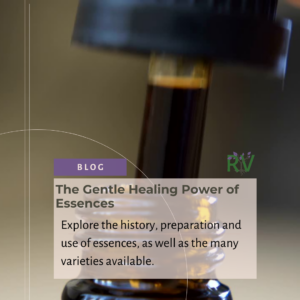
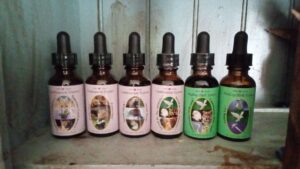

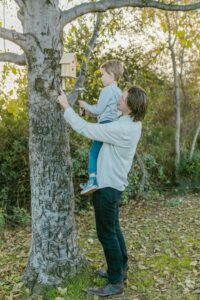
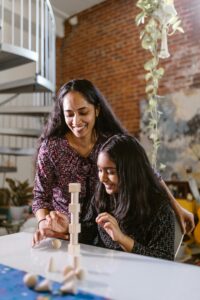


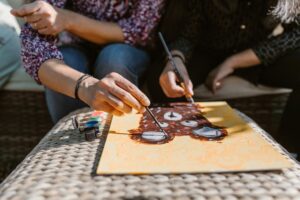


 What Are the Big Concerns?
What Are the Big Concerns?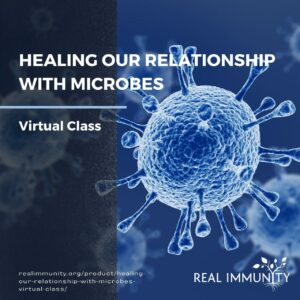

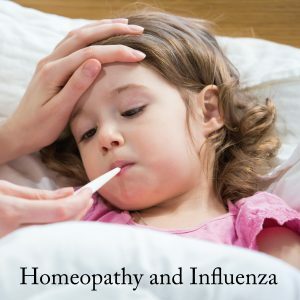
 First Aid
First Aid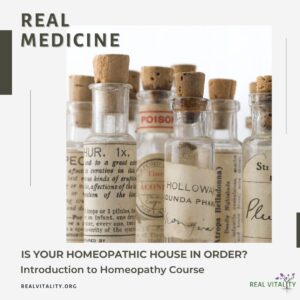
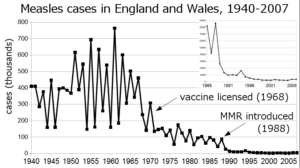 What are the concerns?
What are the concerns?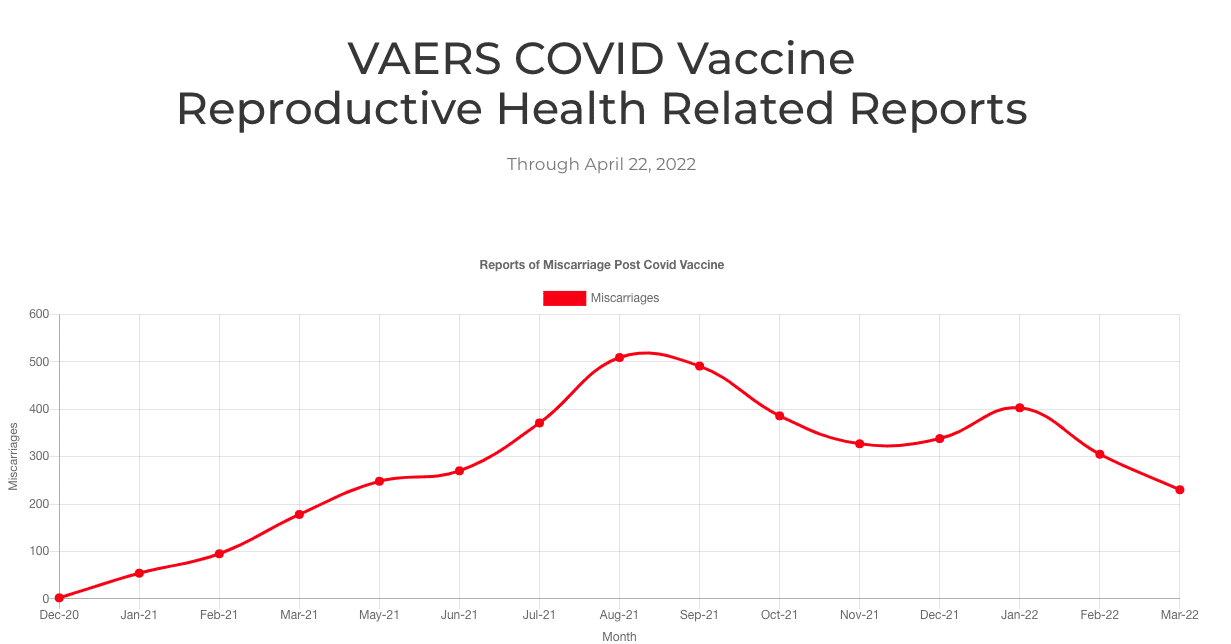
 There are many steps that can be taken to promote fertility and put you in the optimal position for having a healthy pregnancy. Here are a few to look into:
There are many steps that can be taken to promote fertility and put you in the optimal position for having a healthy pregnancy. Here are a few to look into:
